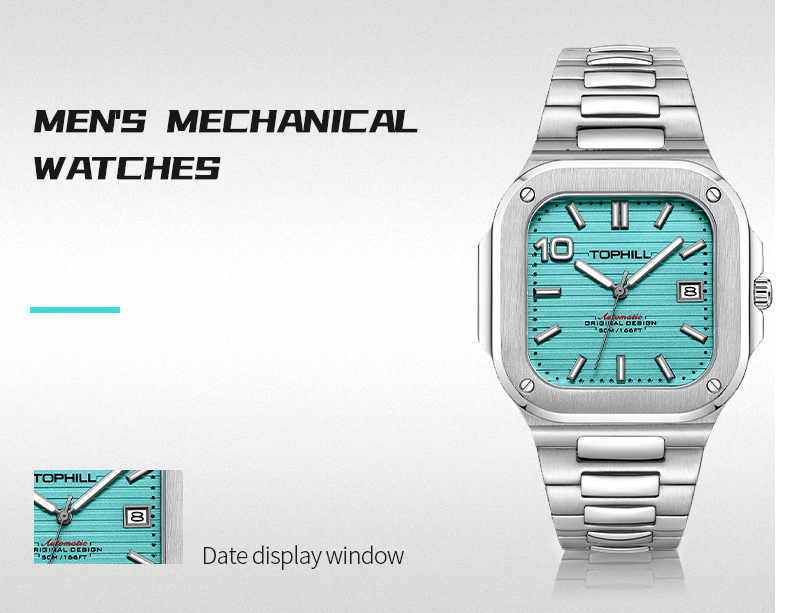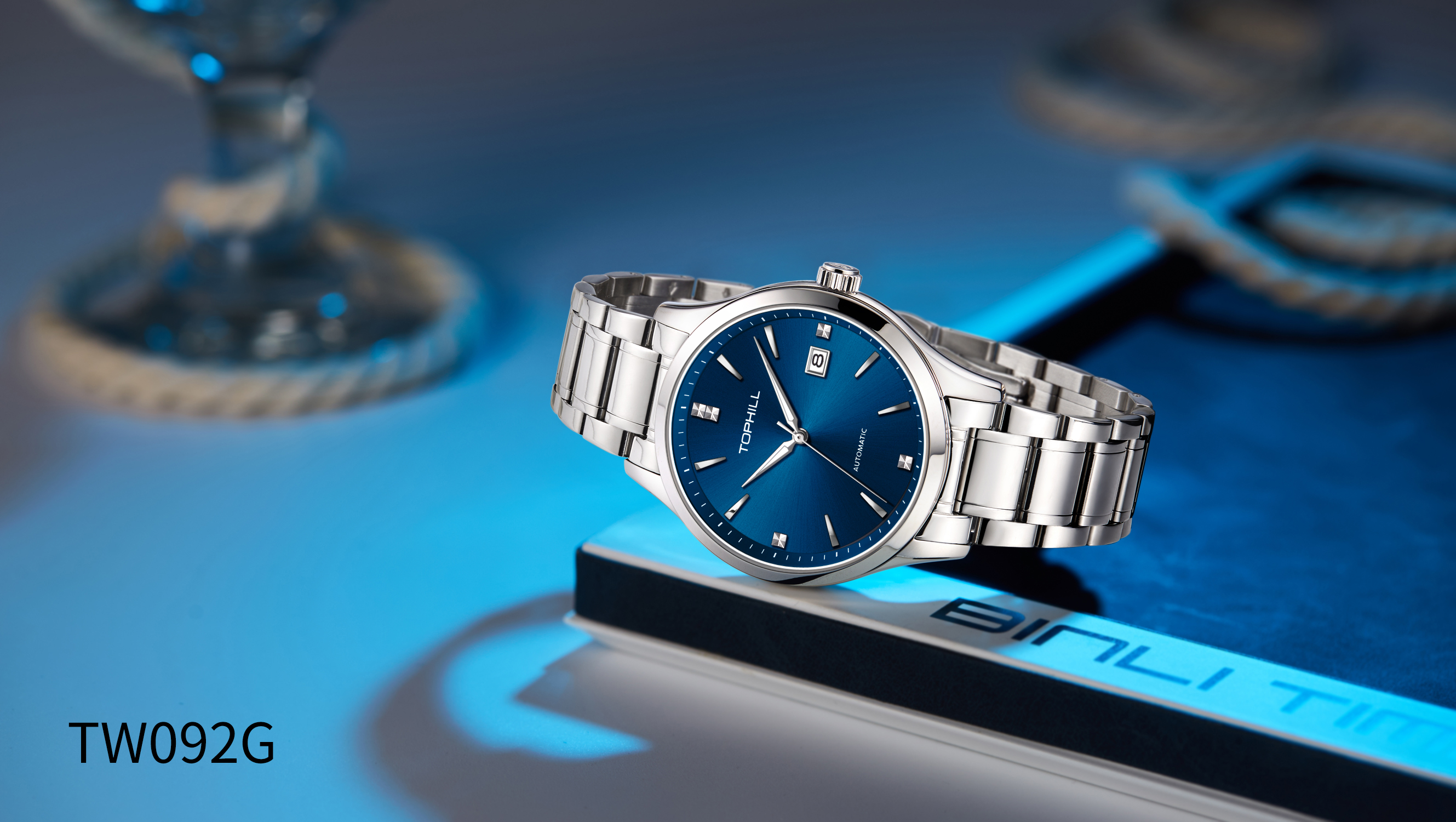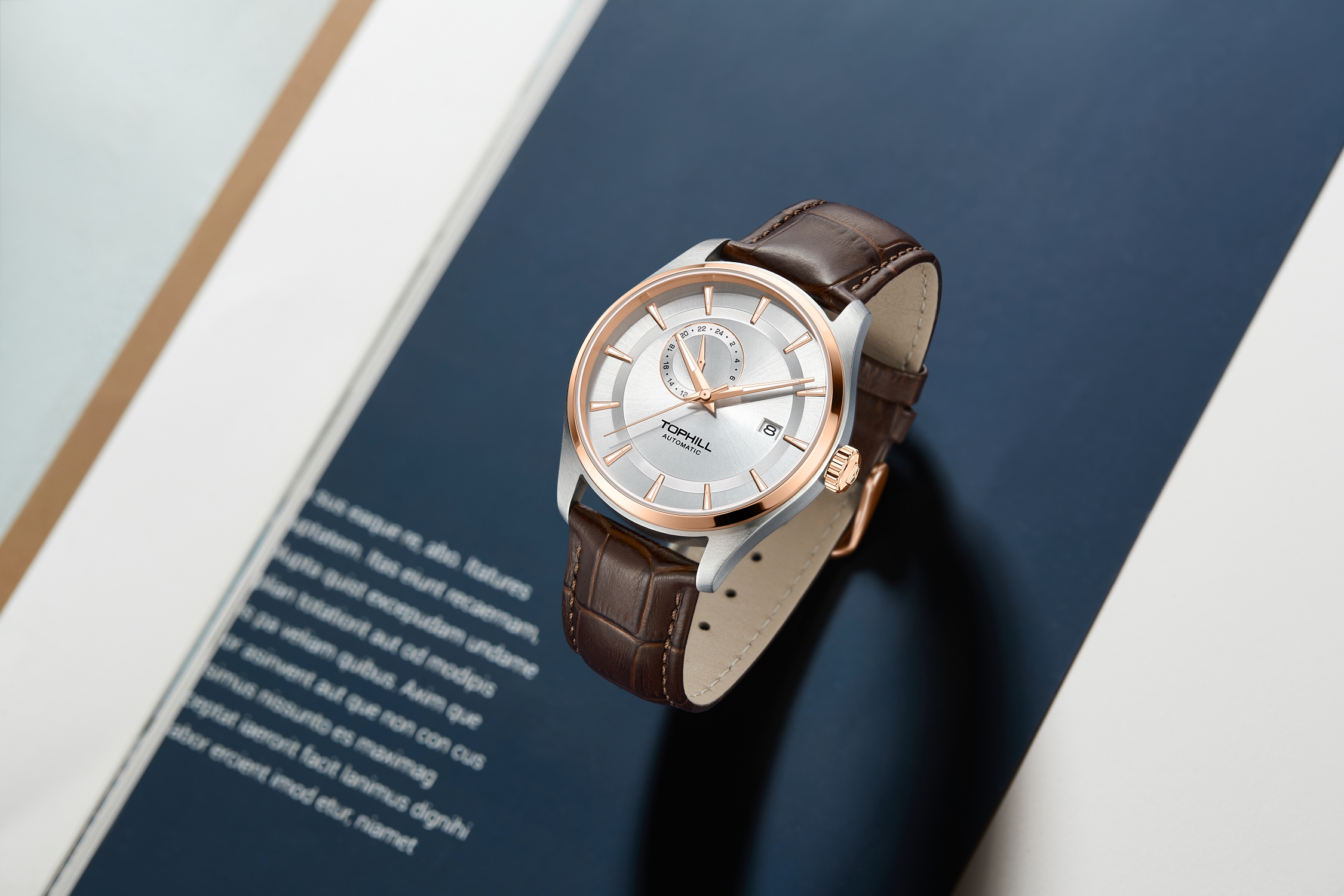Mechanical watches are renowned for their intricate craftsmanship and timeless elegance. Unlike their quartz counterparts, which rely on batteries, mechanical watches are powered by a mainspring and require manual winding or an automatic winding rotor to keep them running. One common question that watch enthusiasts often ask is, "How often should you wind a mechanical watch?" In this article, we will explore the factors that influence winding frequency and provide guidance on keeping your mechanical timepiece ticking accurately.

The Basics of Mechanical Watch Winding
Before diving into how often you should wind your mechanical watch, it's essential to understand the fundamentals of how these watches work. Mechanical watches feature a mainspring, a coiled wire of special alloy that stores energy when wound. As the mainspring unwinds, it transfers energy through a series of gears and springs, ultimately powering the watch's hands and complications.
Manual vs. Automatic Winding
There are two primary types of mechanical watches: manual and automatic. Manual watches require regular winding by turning the crown, while automatic watches use the movement of your wrist to wind the mainspring through a rotor.
Power Reserve
Mechanical watches come with a power reserve, which is the duration the watch will run without additional winding. The power reserve varies among watches, with some offering as little as 24 hours and others providing several days of power.
Winding Frequency
The frequency at which you need to wind your mechanical watch depends on several factors, including the watch's power reserve, type (manual or automatic), and your wearing habits.
Determining How Often to Wind
Manual Winding Watches
If you own a manual winding watch, you will need to wind it regularly, typically once a day. Some watches may have longer power reserves, allowing you to skip a day or two without rewinding. It's advisable to wind your watch in the morning before putting it on to ensure it runs accurately throughout the day.
Automatic Winding Watches
Automatic watches rely on your wrist's motion to keep the mainspring wound. If you wear your automatic watch daily, it should stay wound as long as you are active. However, if you have multiple watches or wear your automatic watch infrequently, consider using a watch winder to keep it running when not in use.

Power Reserve Indicator
Some mechanical watches come equipped with a power reserve indicator, a useful feature that displays the amount of energy remaining in the mainspring. This indicator can help you gauge when it's time to wind your watch.
Observing Accuracy
Pay attention to your watch's accuracy. If you notice it running slow or stopping, it may be an indication that it needs winding. Regularly check your watch's accuracy to ensure it's keeping time as expected.
The frequency with which you should wind your mechanical watch depends on its type (manual or automatic), its power reserve, and your wearing habits. To maintain the accuracy and functionality of your timepiece, it's crucial to follow the manufacturer's recommendations for winding and care. Whether you enjoy the ritual of daily manual winding or prefer the convenience of an automatic watch, proper maintenance will ensure your mechanical watch continues to delight you with its precision and craftsmanship for years to come.
 Are Luxury Couple Watches Worth Buying a
Are Luxury Couple Watches Worth Buying a
 Why Do Divers Prefer an Underwater Lumin
Why Do Divers Prefer an Underwater Lumin
 Why Are Affordable Men's Quartz Watches
Why Are Affordable Men's Quartz Watches
 Looking for a Timeless Christmas Gift? C
Looking for a Timeless Christmas Gift? C
Super Time